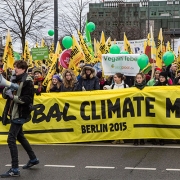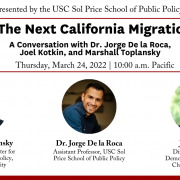The “Donut Effect” in Austin
By: Jennifer A. Kingston, Asher Price
In: Axios
The most pronounced dynamic shaping U.S. cities, including Austin, as 2024 gets underway is “the donut effect” — a hollowing of the urban core as people, jobs and retailers flee to the suburbs and exurbs.
Why it matters: For all the talk of 2023 being the year of downtown recovery, the reality looks more like a swirl of experiments in how to attract residents, commuters and visitors to cities where the pulse beats differently than it did pre-pandemic.
What they’re saying: “People can get much of what they used to get in the city in the suburbs, in the exurbs and on their computer,” says Joel Kotkin, professor of urban studies at Chapman University in Orange, California, and executive director of the Houston-based Urban Reform Institute.
Context: The “donut effect,” a term coined three years ago by Stanford economists Arjun Ramani and Nicholas Bloom, refers to ongoing real estate trends set in motion by the pandemic.
- The definition: “Rising prices in the suburbs and slumping prices in major city centers being hollowed out by a fear of crowds and the growth of working from home.”
- Today, the phenomenon is “quite evident in some of our top-performing cities, such as Dallas, Houston and Austin,” says Maggie Switek, director of regional economics in the Milken Institute’s research department. “What this is leading to is high commercial vacancy rates in these major places.”
Of note: Downtown Austin foot traffic last spring was still less than three-quarters of what it was during the same period in 2019, before the pandemic struck.
- Tech companies like Meta, cutting back on their workforces, have been seeking to sublease their downtown spaces.
Meanwhile: Some of Central Texas’ most rapid growth has been along the I-35 corridor, outside Austin’s city limits, in places like Kyle and Buda.
Illustration: Sarah Grillo/Axios







 DonkeyHotey, via Flickr, under CC 2.0 License
DonkeyHotey, via Flickr, under CC 2.0 License